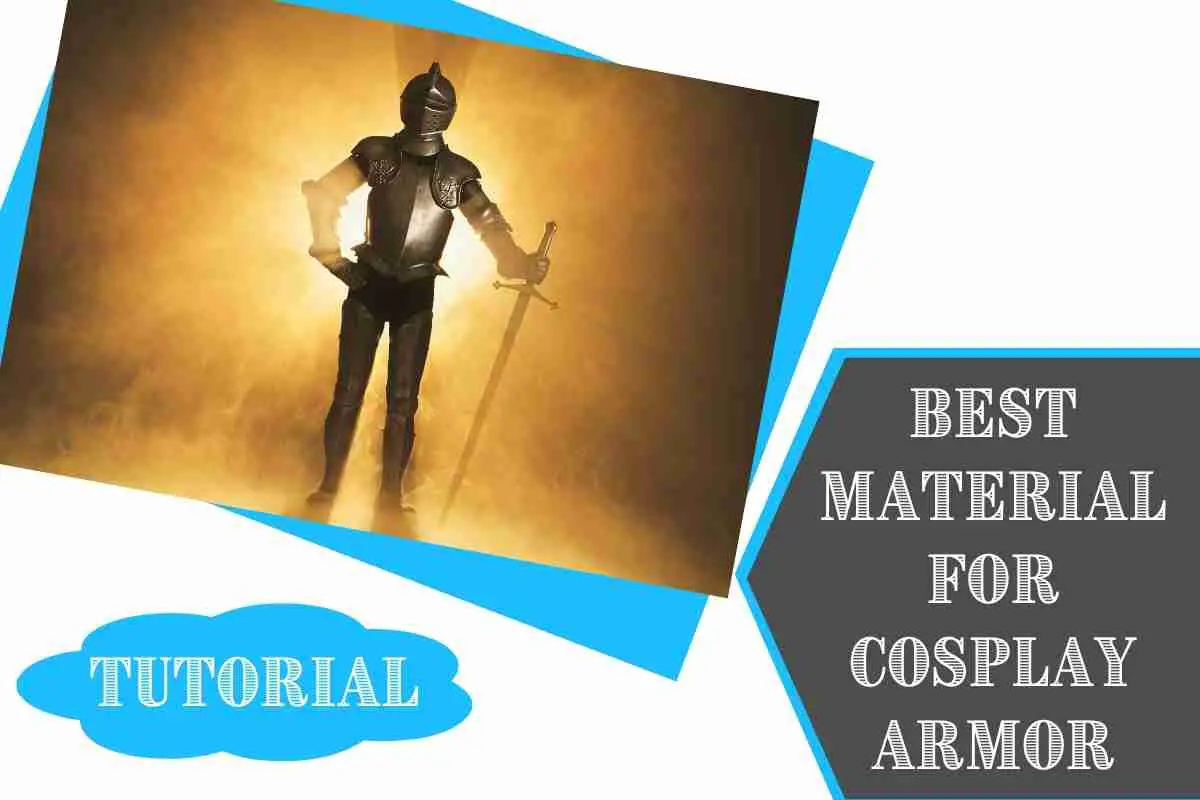So you’ve been to your first convention, and you want to create a nice set of armor. There are several good options based on your experience level crafting and budget. We’ll cover the most popular options for every skill level.
EVA Foam Cosplay Armor
EVA foam is a great entry level material. It is relatively easy to cut and shape. The thickness ranges from 2mm to 20mm, and we recommend 6mm for most beginners. The material is very budget friendly at $0.66 per square foot.
EVA foam can be cut with standard household scissors or a utility knife. It can easily be molded to shape with a heating gun. It also works with both contact cement and hot glue to join the seams. A small bit of sandpaper will also do wonders to remove the edges.
For most novices EVA is the absolute best option to build your first set armor. There are many talented YouTube who create EVA foam armors. Some of our favorite videos are listed below:
The one drawback to EVA foam armor is that you need to seal it before applying the paint. The reason is the material is quite porous, and it will just drink up the paint. Our favorite sealant is Plasti Dip as our sealant. It comes in a convenient spray can, and a single $6 can will cover 3 suits of armor.
Cosplay Armor from Duct Tape
I made my first set of armor 38 years ago for an elementary school project. This was long before I attended a convention or ever heard of Cosplay. I created a suit of armor from a beach towel and duct tape. This is an option for people who want to make a super budget-friendly armored costume who don’t have any of the tools like a grinder, sandpaper or heat gun.
The only requirement for duct tape armor is the tape itself and a pair of scissors. I folded the towel into half along each axis and marked the center. I then cut a small circle around the mark so that it was exactly midway on the towel. I then covered the towel with duct tape and applied some adhesive backed velcro strips to the edge of the towel. This created a very basic looking tunic.
It wouldn’t win any prizes, but I was very proud of my creation. If you’re going with something like this now, I’d suggest spraying the tape with a PlastiDip or other coating material. The image below shows the basic pattern with the towel being in light brown and the velcro strips in black.

Worbla – Gold Standard for Cosplay Armor
Worbla is the highest quality material that I have ever worked with. I mainly use it for pieces that I know I will keep for a long time or if I plan to sell a piece. A single sheet of Worbla will cost around $50 and it’s less than a 1 square yard of material.
Worbla can be used to make professional looking armor. It has the ability to be finely detailed, and it is sturdy. Items made from it can last for years and many conventions.
The only drawback to Worbla is the price which makes it out of range for most hobbyists. Even if you are going to make a piece from Worbla, I’d suggest creating a first iteration from EVA foam to ensure all the measurements before using the expensive Worbla material.
What are your favorite materials for armor?
We’d love to hear from you if you have used other materials. This is a community, and I learn a lot from the readers of the site. I love hearing your stories so if you’d like to share the details about something you’ve created, we’d love to hear from you. Feel free to reach out to us at our contact form here.




